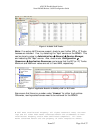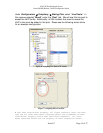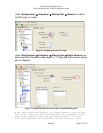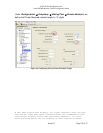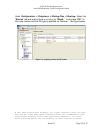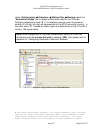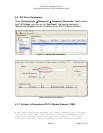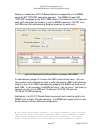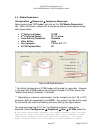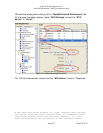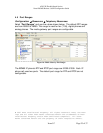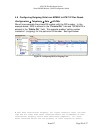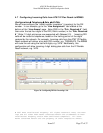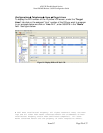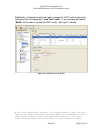
AT&T IP Flexible Reach Service
Nortel BCM50 Release 3.0 SIP Configuration Guide
© 2007 AT&T Intellectual Property. All rights reserved. AT&T, the AT&T
logo and all other AT&T marks contained herein are trademarks of AT&T
Intellectual Property and/or AT&T affiliated companies. All other
marks contained herein are the property of their respective owners.
Backup to a secondary AT&T IP Border Elements is supported on the BCM50
using the SIP “OPTIONS” keep-alive approach. The BCM50 will send SIP
“OPTIONS” messages to the AT&T IPBEs listed in the Outbound Proxy Table and
send VoIP calls based on whether or not the BCM50 receives a “200 OK” from
the IPBEs and the Load-balancing Weights values set for each entry.
Figure 15: Outbound Proxy Table for failover to secondary AT&T IPBEs
A Load-balancing weight of 0 means the IPBE is used as last resort. Any non-
zero number value indicates the ratio of calls (the specific IPBE’s load-balancing
weight to sum of all IPBE’s load-balancing weights) the BCM50 will send out to
each IPBE. In this example, the BCM50 will send 1 call for every 1 call made (in
essence, all calls) to the IPBE with IP address 135.25.29.135 and use
135.25.29.79 IPBE as backup.
Additionally, the AT&T IP Flexible Reach service will send incoming calls to the
BCM50 from multiple IP border elements. The BCM50 will accept calls from any
border element without additional configuration.
Issue 0.7 Page 22 of 37



